Manufacturing adjustments make it possible to produce sinking feeds
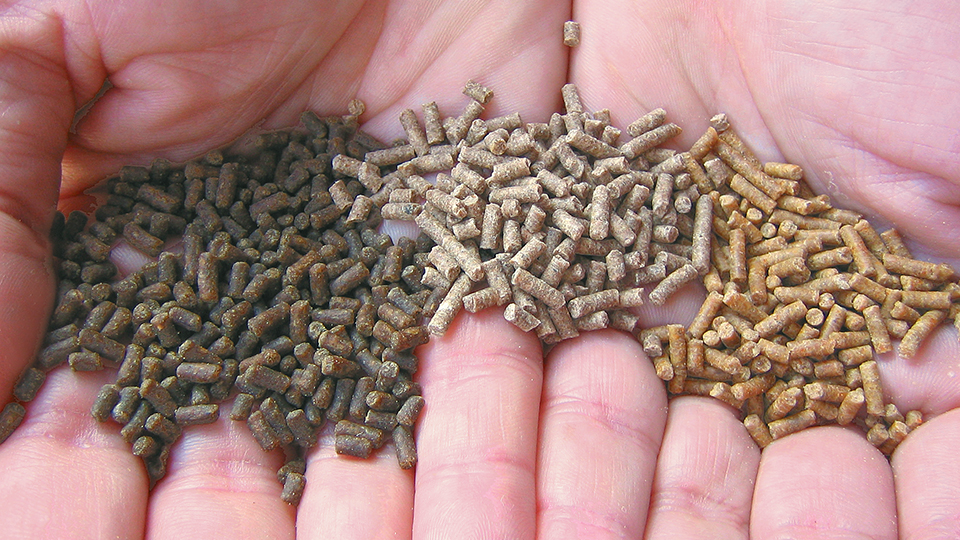
Shrimp feeds are among the most expensive diets within the aquaculture industry, largely due to their need for high water stability. Shrimp locate feed exclusively by smell and taste rather than sight. Unlike finfish, shrimp require minutes or hours to locate feed after it is distributed in ponds.
During immersion, pellets steadily lose nutrients and attractants through leaching. After shrimp locate feed, they grind it externally to pass it through their small mouths. This leads to additional leaching losses just before ingestion.
Importance of water stability
Research has shown that 20 percent of the crude protein, 50 percent of the carbohydrates, and 50 percent of the vitamin content of shrimp feeds can be lost before ingestion. Attractants are added to reduce the time required for shrimp to locate feed. In addition, feed millers strive to improve the physical integrity of pellets through the use of binders and advanced manufacturing techniques.
Both nutritive and nonnutritive bind-ers are commonly used in shrimp feeds. Nutritive binders include starch from grains such as wheat or rice. Uncooked plant or animal proteins, such as gelatin, casein, blood plasma, and wheat gluten, are also effective binders. Non-nutritive binders include hydrocolloid gels like alginate and carrageenan, lig-nin compounds, clays and polymers.
Role of gelatinized starch
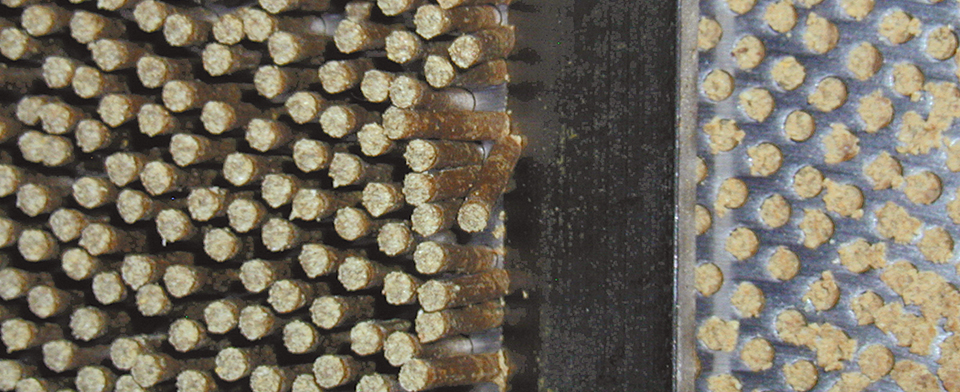
Starch, the primary binder used in shrimp feeds, must be cooked to activate its binding functionality. In the presence of water and heat, starch granules swell, lose their crystalline structure, and become hydrated in a process known as gelatinization. The 1995 study “Physicochemical Properties of Pelleted Shrimp Feed With Various Wheat Flours,” conducted by G. H. Ryu and coauthors at Kansas State University in Kansas, USA, showed an 89 percent correlation between the extent of starch gelatinization and the water stability of 10 Asian shrimp feeds.
In the presence of moisture above 63 percent, most starches completely gelatinize at temperatures of 55 to 85 degrees-C. However, with the limited moisture and cooking times of commercial feed manufacturing, complete gelatinization does not occur within this temperature range. Higher temperature, pressure, or shear is required.
Advances in shrimp feed pelleting
In conventional pelleted feeds for terrestrial animals, only about 20 percent of the starch is gelatinized. This explains why typical poultry feed disintegrates in water within minutes of immersion.
Shrimp feed manufacturers improve water stability by using wheat flour as a binder, largely because wheat starch has a lower gelatinization temperature than corn, rice, sorghum and other grains. The gluten content and fine particle size of wheat flour also aid in the binding process.
In addition, pelleting systems for shrimp feed use advanced manufacturing techniques, such as fine grinding of raw materials, multiple steam conditioners, higher moisture levels, pelleting dies with higher compression ratios, postpellet conditioning and drying. These techniques increase starch gelatinization levels of pelleted shrimp feeds to 50 to 60 percent, but there is limited potential for further improvement. Also, the existing systems are inherently expensive, due to their reliance on high-quality wheat flour.
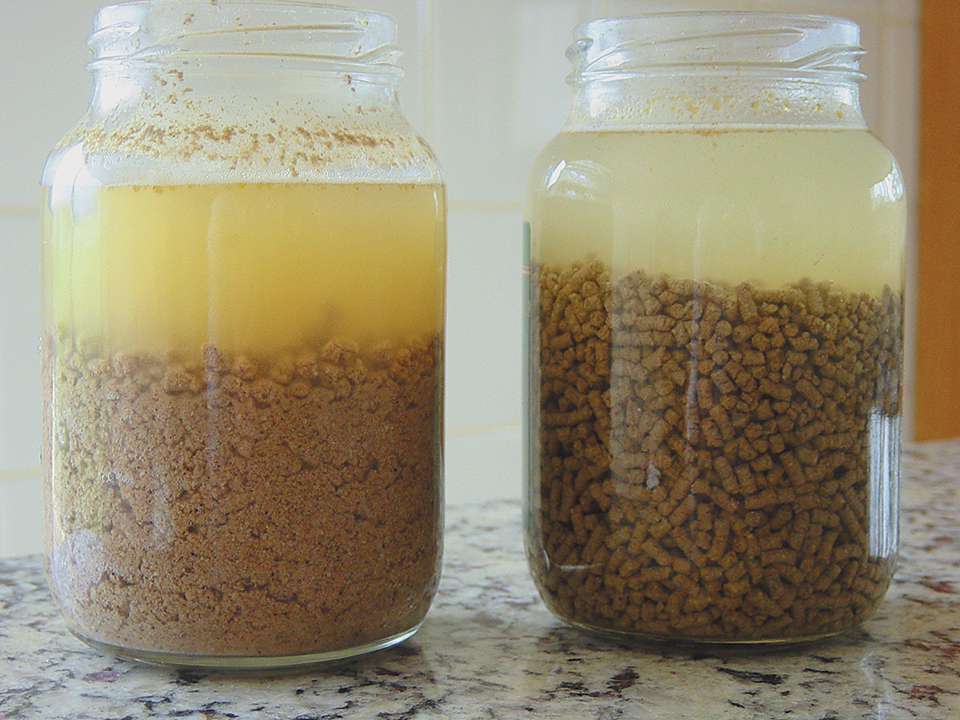
Extruded feeds reemerge
Extrusion is a cooking process that typically uses high temperature and high pressure for a short time. First developed in the 1930s for pasta, extrusion was later modified for the production of pet foods and fish feeds, as well as a range of human foods like snacks, breakfast cereals and candy.
The extrusion process begins with preconditioning the meal using steam and water to form a hot, moistened mash. The mash is introduced into the extruder barrel and conveyed to the other end by a rotating screw which creates heat due to friction. The feed exits the extruder barrel through a restricted die opening that creates pressure and forms the desired shape. The extrudate strands emerging from the die are cut into pellets with a rotating knife. The process has flexibility to produce diets with a wide range of fat levels, densities, shapes and sizes.
Extrusion has been used to manufacture shrimp feed since the early 1970s, but not widely adopted due to a persistent tendency for expansion in extruded feeds, which leads to undesirable flotation. Expansion is exacerbated with the use of smaller die openings. To minimize flotation, feed manufacturers were forced to limit inclusion levels of starch, which tended to increase raw material costs.
These constraints have been virtually eliminated though recent advances in extrusion technology, such as adjustments in screw design and speed, changes in die configuration, and vacuum venting of the extruder barrel. It is now possible to produce 100 percent sinking extruded shrimp feeds with densities equivalent to those of pelleted feeds.
Advantages of extruded shrimp feeds
While extruded shrimp feeds are perhaps U.S. $10 per metric ton (MT) more costly to manufacture than pelleted feed, they save $20 to $50 per MT in raw material expenses. This amounts to a net savings of U.S. $10 to $40 per MT.
Reduced raw material expense is achieved by the substitution of high levels of wheat flour with lower levels of less-expensive starch. This is possible due to the high moisture, temperature and pressure within extruders, which lead to nearly complete gelatinization of a wide range of starches (Table 1). The more complete cooking of extruded feeds also yields higher digestible energy and lower bacterial contamination than in pelleted feeds.
Chamberlain, Relative processing conditions, Table 1
| Conditions | Pelleting | Extrusion |
|---|
Conditions | Pelleting | Extrusion |
|---|---|---|
| Moisture (%) | 15-18 | 25-33 |
| Temperature (° C) | 85-95 | 120-140 |
| Pressure (atm) | 1 | 5-8 |
| Gelatinization (%) | 50-60 | 80-95 |
Moreover, extrusion systems have considerable potential for further improvement. For example, extruded feeds utilize relatively high levels of moisture, which can be added in the form of flavors and palatability enhancers such as fish slurries and flavorful enzymatic digests of seafood wastes. This offers the potential to produce a new generation of highly palatable shrimp feeds without reliance on expensive marine proteins such as squid meal and krill meal.
The rate of swelling of extruded feeds can also be manipulated to deliver feeds of varying “softness.” The swelling is a function of starch fragmentation, also known as dextrinization, which can be controlled by the degree of shear exerted by the extruder screw.
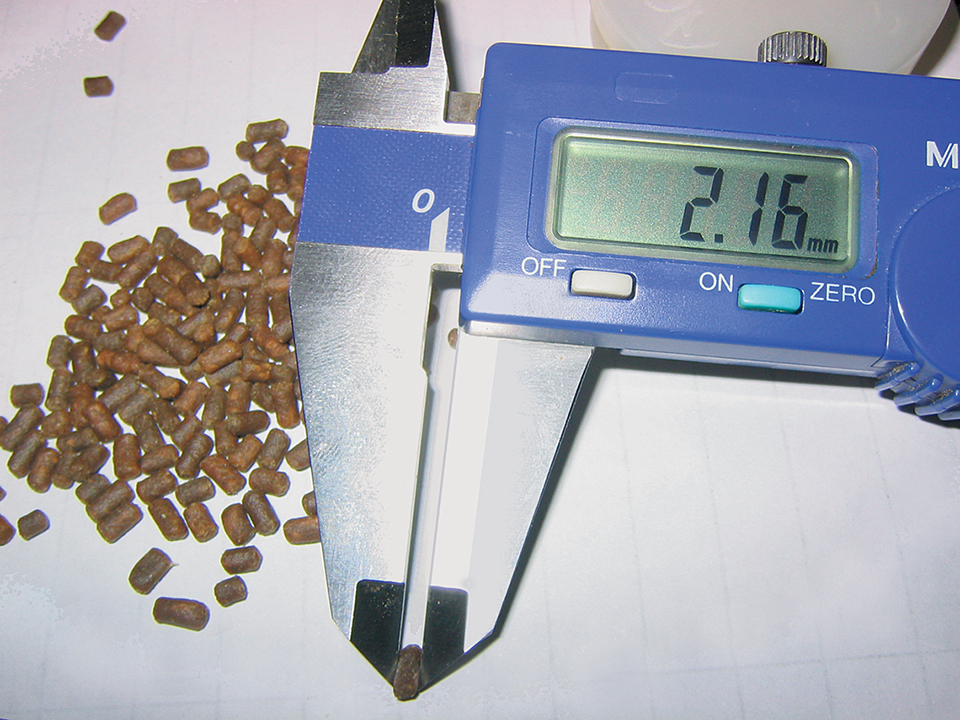
Extruded feed performance
In a 12-week study in 2000, Albert Tacon and coworkers at the Oceanic Institute in Hawaii, USA, compared a single feed formulation in pelleted or extruded forms and two different sizes. The test feeds were offered to shrimp in tanks stocked at 50 animals per square meter. Results reported in the February 2003 Global Aquaculture Advocate showed higher shrimp survival and weight gain, and greater feed efficiency from extruded feed (Table 2). These results are being validated on a commercial scale in Korea, Malaysia and Brazil.
Detrimental nutritional effects associated with the destruction of lysine caused by the Maillard reaction, a non-enzymatic “browning” due to the interaction of simple sugars and amino acids, can be avoided by excluding reducing sugars from extrusion formulas. Compensation for the vitamin losses thought to be slightly higher in extrusion than pelleting can be easily accomplished by slight fortification of premixes.
Conclusion
Recent developments in extrusion processing allow the production of sophisticated, 100 percent sinking diets with lower cost and better performance than conventional pelleted feeds. Its advantages are expected to become more apparent as the additional benefits of higher liquid addition, greater control of swelling and greater pasteurization are further developed.
(Editor’s Note: This article was originally published in the June 2004 print edition of the Global Aquaculture Advocate.)
Now that you've reached the end of the article ...
… please consider supporting GSA’s mission to advance responsible seafood practices through education, advocacy and third-party assurances. The Advocate aims to document the evolution of responsible seafood practices and share the expansive knowledge of our vast network of contributors.
By becoming a Global Seafood Alliance member, you’re ensuring that all of the pre-competitive work we do through member benefits, resources and events can continue. Individual membership costs just $50 a year.
Not a GSA member? Join us.
Author
-

George W. Chamberlain, Ph.D.
President
Global Aquaculture Alliance
5661 Telegraph Road, Suite 3A
St. Louis, Missouri 63129 USA
Tagged With
Related Posts
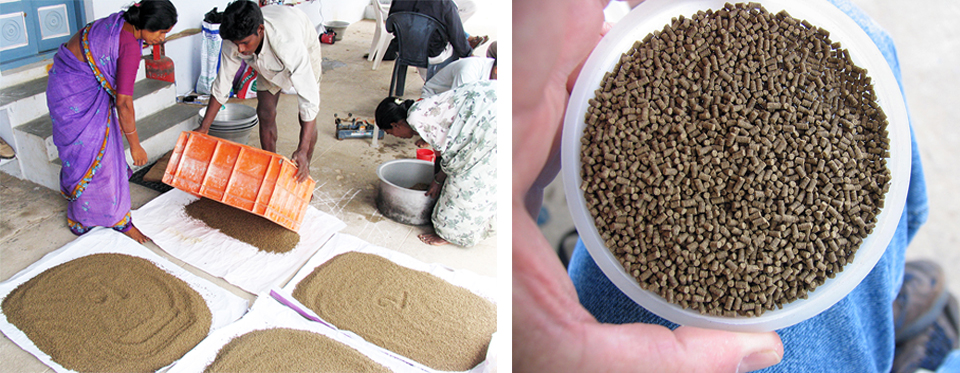
Aquafeeds
A look at India’s fish feed industry
India's fish-farming industry makes limited use of modern feeds, providing potential for the feed sector to grow. Commercial feeds are predominantly used for pangasius farming, followed by a rising popularity in carp culture.
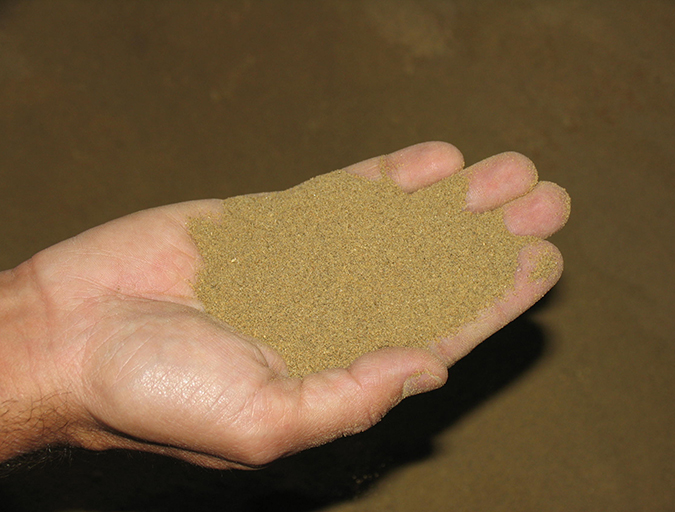
Aquafeeds
A look at the SME controlled extrusion process
A study was conducted using a Twin-Screw Extruder equipped with Specific Mechanical Energy (SME) and Density Control valves, to determine the effect of SME on the water stability of shrimp feeds. Further research is needed to evaluate the performance.
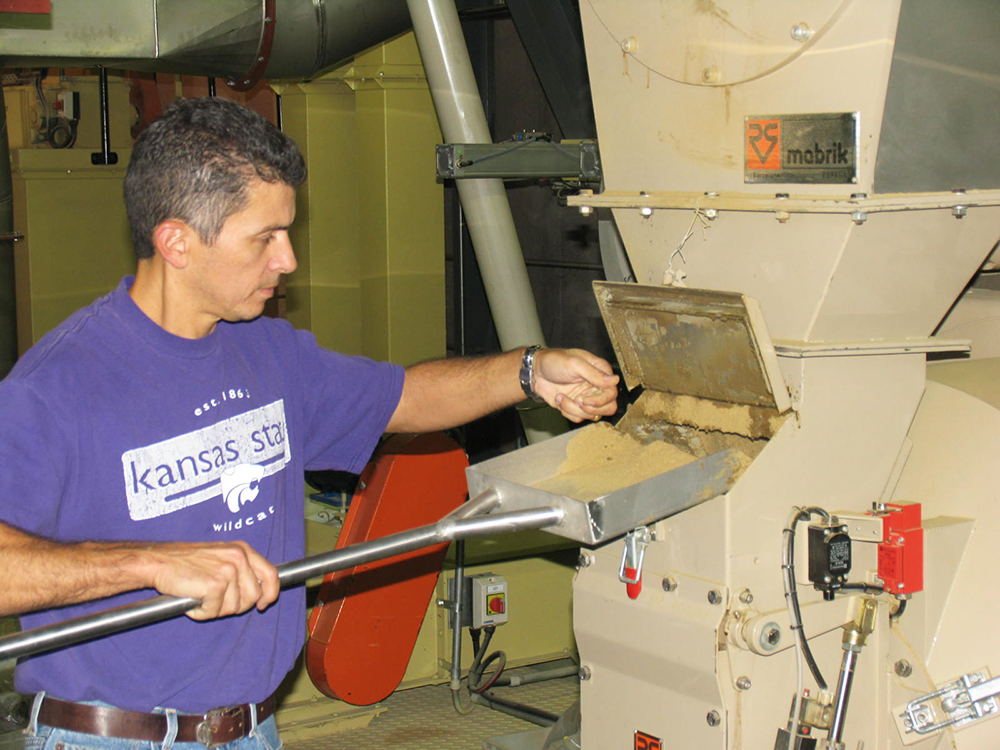
Aquafeeds
Best practices for optimum shrimp feeds
Producing a consistent shrimp feed pellet requires that all ingredients are processed properly and monitored through proper in-line quality assurance.
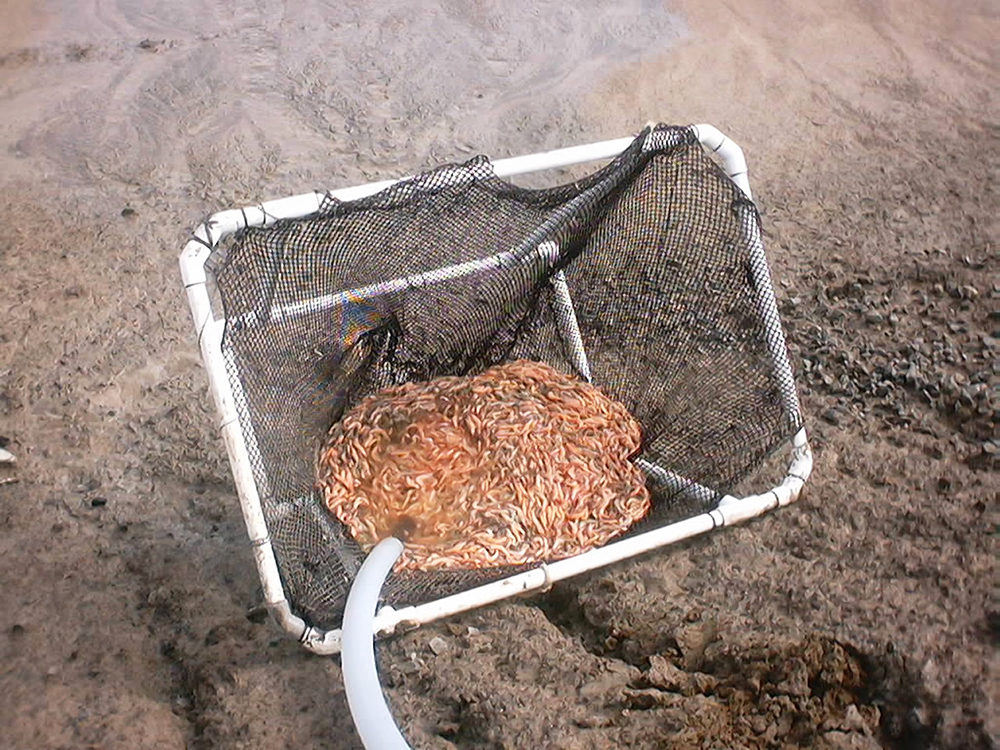
Aquafeeds
Biosecurity protocols needed for shrimp feeds, feeding practices
Shrimp aquafeeds – live, fresh or formulated – should not be an entry point of potential pathogens to the shrimp and/or to their culture systems.


